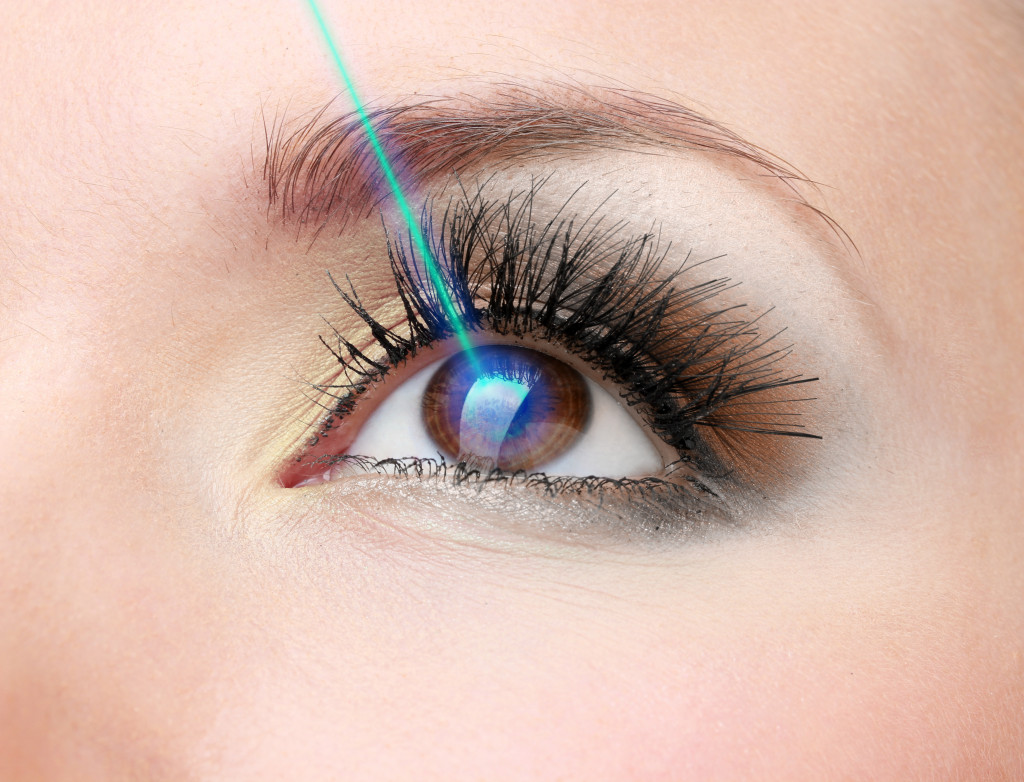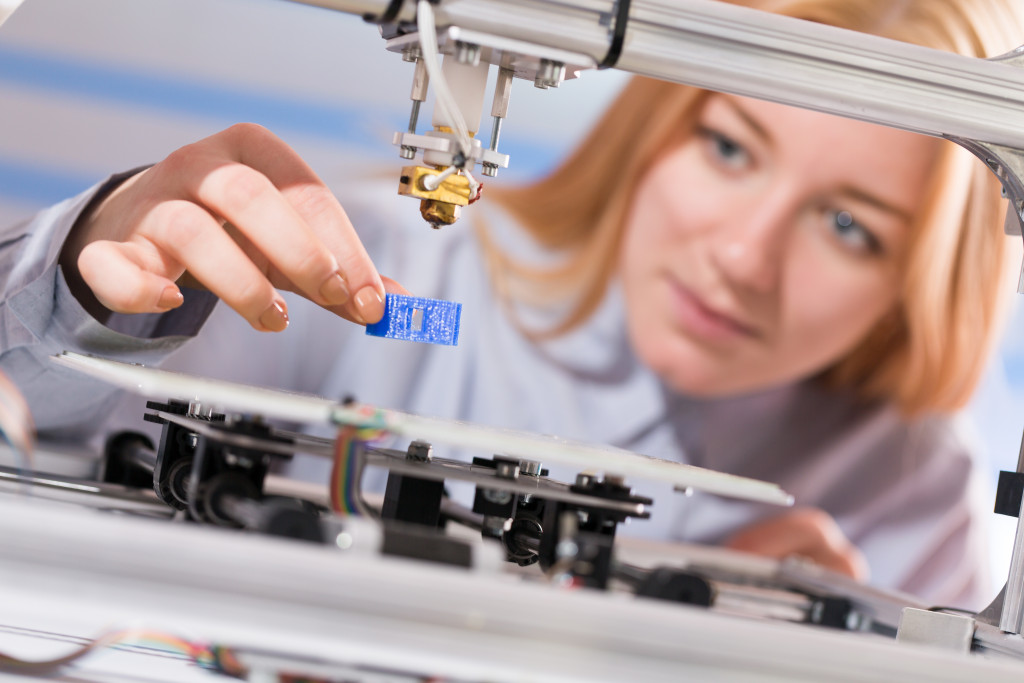Disclaimer: This website provides health information for educational purposes only and is not a substitute for professional medical advice, diagnosis, or treatment. Always seek the guidance of a qualified healthcare provider with any questions you may have.
Disruptions happen once in a while, and it’s primarily because of new avenues provided by technology. However, these disruptions don’t occur often, and only a few industries are as ripe for disruption as the medical industry. In recent years, we have seen several new technologies emerge that have the potential to change the medical world forever. Here are five of them.
3d Printing
3D printing is a technology that has been around for over 30 years, but it has only recently become popularized and commercially available. The first 3D printer was created in 1984 by Chuck Hull of 3D Systems Corp. Hull is credited with the invention of stereolithography, which is the process of printing a three-dimensional object by curing successive layers of resin with ultraviolet light.
3D printing has come a long way since its inception. Today, there are several different 3D printing technologies available, including Fused Deposition Modeling (FDM), Selective Laser Sintering (SLS), and Stereolithography (SLA). Each of these technologies has its strengths and weaknesses, but all of them have the potential to change the medical world forever.
One of the most significant benefits of 3D printing is its ability to create customized medical devices on demand. This can be a life-saving benefit in cases where a patient needs a personalized implant that is not readily available. For example, earlier this year, doctors at London’s Great Ormond Street Hospital used 3D printing to create a customized splint for a baby girl named Eliza, born with her intestines outside her body. Professionals printed the design using a uniquely biocompatible material that allowed her skin to grow over it and heal naturally.
Additionally, 3D printing is also used widely in the dental industry. For example, many experienced dentists use it to print dental implants at a discount. It also saves them a lot of time in making these implants. In addition, some of them use it to print other dental appliances such as braces and retainers.
Medical professionals also use it to create custom prosthetics. In many cases, 3D printed prosthetics are cheaper, lighter, and more durable than traditional prosthetics. In addition, medical professionals can easily customize them to fit the individual’s needs. For example, earlier this year, Mick Ebeling’s amputee received a custom-printed prosthetic hand that he could control with his thoughts.

Laser
Laser has been around for quite some time and has been used in various medical applications. For example, a laser is commonly used for vision correction surgery, such as LASIK. It is also used for skin resurfacing, hair removal, and tattoo removal.
Laser technology has evolved rapidly in recent years, and its potential medical applications have increased exponentially. For example, there are now FDA-approved laser treatments for various conditions, including psoriasis, vitiligo, and acne. Additionally, research is being conducted on the use of lasers to treat cancer.
In addition to its therapeutic uses, laser is also used for diagnostic purposes. For example, doctors can use it to take detailed pictures of the inside of the body without making a single incision. It’s called optical coherence tomography (OCT). OCT is commonly used to take pictures of the retina. Medical professionals can also use it to take photos of other body parts, such as the gastrointestinal tract.
Laser is also used to create 3D images of organs and tissues. This technology, known as optoacoustic tomography (OAT), has the potential to revolutionize how doctors diagnose and treat diseases.
OAT works by sending short pulses of laser light into the body. The light then bounces off the tissue and is detected by an ultrasound detector. Doctors can create a three-dimensional image of the organ or tissue by analyzing the data collected by the ultrasound detector.
Professionals also use OAT to create 3D images of the brain, heart, and other organs. Researchers are currently working on ways to use it to detect cancer in its early stages.
Robotics
Robotics is another technology that has the potential to change the medical world forever. Many professionals already use robotics in various medical applications, such as surgery, rehabilitation, and diagnosis.
One of the most significant benefits of robotics is its ability to improve accuracy. For example, robotic surgery is becoming increasingly popular because it allows surgeons to operate more precisely. Additionally, automated rehabilitation devices can help patients recover from injuries more quickly and effectively.
Robotics is also being used to develop new diagnostic tools. For example, a team of researchers at the University of Michigan is working on a robot that can perform rectal exams. The robot is equipped with a camera and sensors that allow it to take detailed pictures of the inside of the body.
The team is also working on a robotic endoscope that can be used to detect early signs of cancer. The endoscope is equipped with a laser that can destroy cancer cells without harming healthy tissue.
Technology plays a fundamental role in the medical industry. New technologies are constantly being developed that have the potential to revolutionize how we diagnose and treat diseases. This can be helpful as they continue to improve into the future.

